A Bounty of Low FODMAP Ingredients for Flavorful Soups and Stews
As the chill of winter sets in, there's something comforting about the warmth of a homemade soup or stew. Beyond the delightful flavors, using seasonal produce in your recipes brings many health benefits. In this article, we'll explore how incorporating fresh, locally available ingredients, especially for those on the Low FODMAP diet, can enhance both the nutritional value and taste of your winter dishes.
Seasonal Eating Benefits
Foods grown in season tend to have higher levels of vitamins, minerals, and antioxidants because they are allowed to ripen naturally and thoroughly instead of being picked prematurely, with plans to travel a long distance before arriving at a grocery store.
A study in the International Journal of Food Sciences and Nutrition examined the nutritional value of broccoli using vitamin C as a marker. They took broccoli samples in different seasons when they could be harvested locally or shipped a far distance. In the fall, when broccoli is in season, the value of vitamin C is almost twice as high as that for spring, showing the great benefits of eating seasonally.
If you are unfamiliar with seasonal fruits and vegetables, check out this U.S. Department of Agriculture’s list of seasonal produce. This is an in-depth list of fruits and vegetables that are in season and can help give you ideas on what foods to include on your grocery list.
Low FODMAP Recipe Planning Guidance
If you are like me, when the seasons change, I always try to find new recipes that fit that season. When you have IBS and follow a Low FODMAP diet, finding new recipes can be even more challenging!
When trying to find ingredients for fall and winter soups and stews, remember that serving sizes do matter when it comes to Low FODMAP foods. The food guide of the Monash FODMAP app can be very helpful when planning your meals. It uses a traffic light system to identify foods that are high, moderate, and low in FODMAPs.
FODMAP-Friendly Delights: Recipe Inspiration
Here are a few Low FODMAP foods for your fall and winter menu plans.
Broccoli Heads
Broccoli is a staple in my house as a side dish. It can be cooked in many ways, but most commonly, it is steamed or roasted and is best when added to soups and stews to preserve its nutrients at the end of the cooking process. Broccoli is a good way to get fiber and vitamin C into your diet. Check out this Low FODMAP broccoli and cheddar soup by Courtney at Courtney Made!
Carrots
Carrots, especially cooked, can add a sweet flavor to your foods. Carrots come in various colors, from orange, white, yellow, and light purple to deep red. Try adding carrots to your soups or stews at the end of the cooking process to retain their nutrients. Since carrots contain fat-soluble nutrients like beta-carotene, cooking them with a small amount of healthy fats, such as olive oil, can help enhance the absorption of these nutrients. This will keep your gut and your eyes healthy! Here is a yummy carrot and ginger soup recipe from Dédé Wilson at FODMAP Everyday.
Kale
You may have heard of kale being referred to as a superfood. It has been titled that due to its high content of nutrients. To get the full spectrum of nutrients available in kale, chop up the whole kale leaves for a heartier texture in your soups and stews. You can also pair kale with tomatoes or a touch of lemon juice, as the acidity helps increase the absorption of certain nutrients in the kale. There isn’t a fall or winter season that goes by without this kale, potato, and sausage soup from Dietitian Em Schwartz at Fun Without Fodmaps.
Pumpkin, Squash, and Sweet Potatoes: Low FODMAP Staples
I can’t forget pumpkins, sweet potatoes, and butternut squash. In my opinion, these are staple vegetables for the fall and winter. These foods are great to incorporate in soups and stews; however, remember that the portions are important if you keep to Low FODMAP servings!
Pumpkin and Butternut Squash
Pumpkin and butternut squash can add an earthy, sweet taste to foods. According to the Monash University FODMAP app, these are Low FODMAP at ⅓ cup per meal. To preserve the nutrient content of pumpkin and butternut squash, opt for roasting, baking, or steaming instead of boiling. Additionally, pumpkin and butternut squash contain iron, which is better absorbed when paired with vitamin-C-containing Low FODMAP vegetables, such as carrots, tomatoes, spinach, or red bell peppers. Try this roasted pumpkin and carrot soup from Monash University.
Sweet Potatoes
Last but not least are sweet potatoes. With a Low FODMAP serving at ½ cup, sweet potatoes add a rich and comforting flavor to many soups and stews in the colder months. Depending on your desired texture, they can be cubed or mashed and contain many nutrients, including fiber. For a comforting Low FODMAP dish, give this pumpkin and sweet potato soup by Dr. Rachel Pauls at Rachel Pauls Food a taste!
- Wunderlich, S. M., Feldman, C., Kane, S., & Hazhin, T. (2008). Nutritional quality of organic, conventional, and seasonally grown broccoli using vitamin C as a marker. International journal of food sciences and nutrition, 59(1), 34–45. https://doi.org/10.1080/09637480701453637
- SNAP Education Connection. (n.d.). Fall produce. U.S. Department of Agriculture. Retrieved from https://snaped.fns.usda.gov/resources/nutrition-education-materials/seasonal-produce-guide/fall


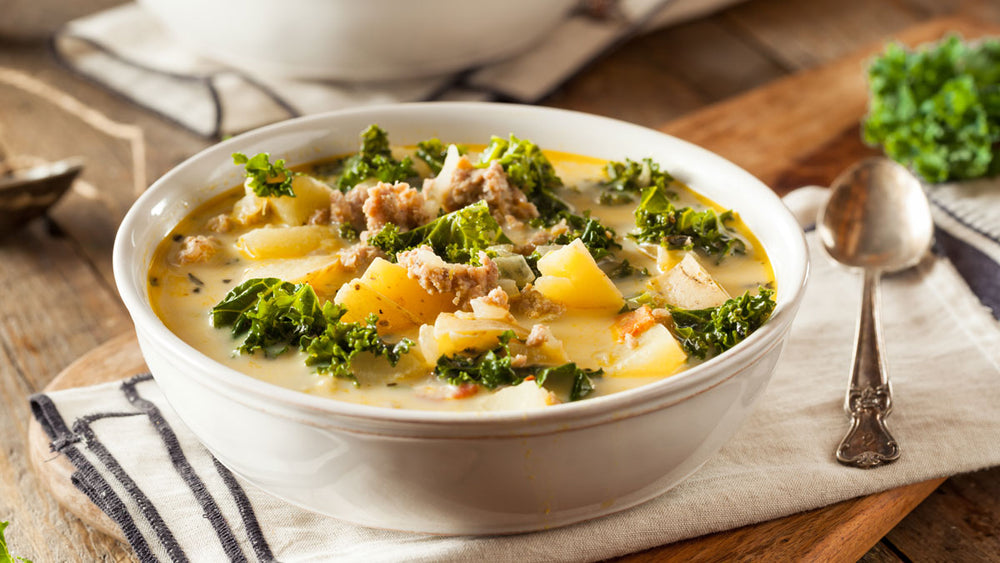
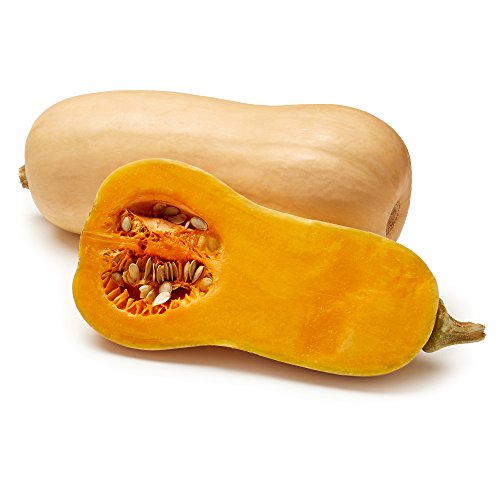
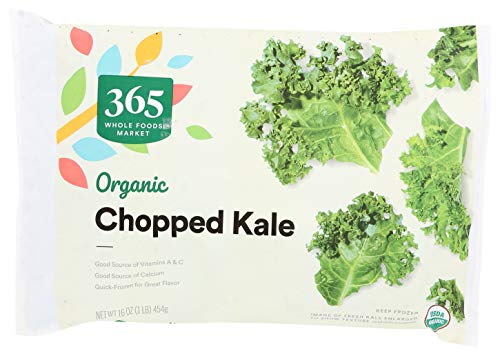
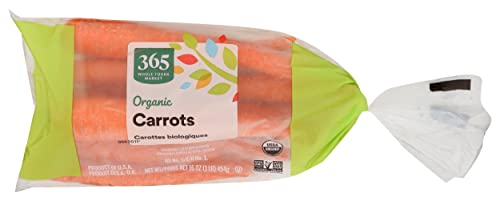



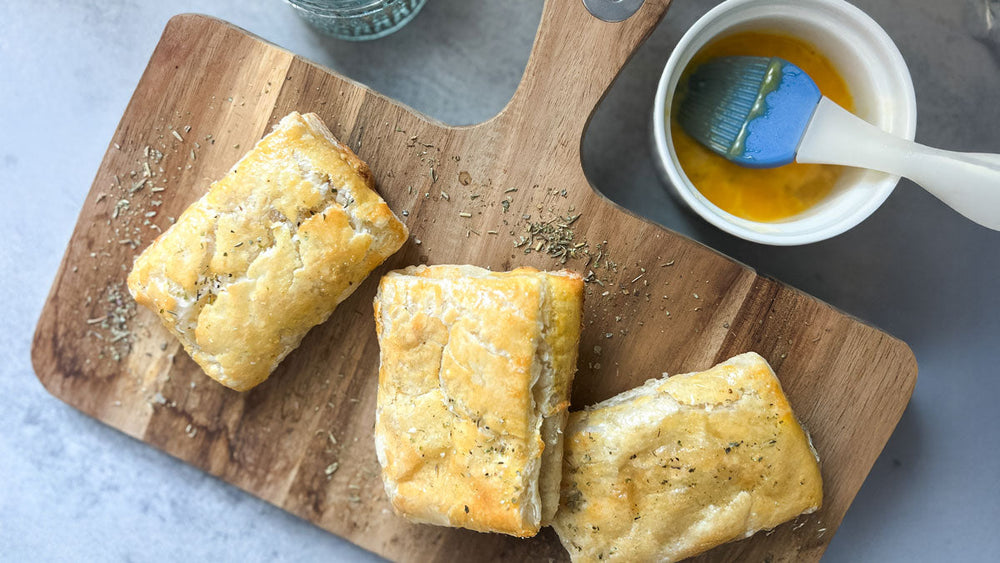

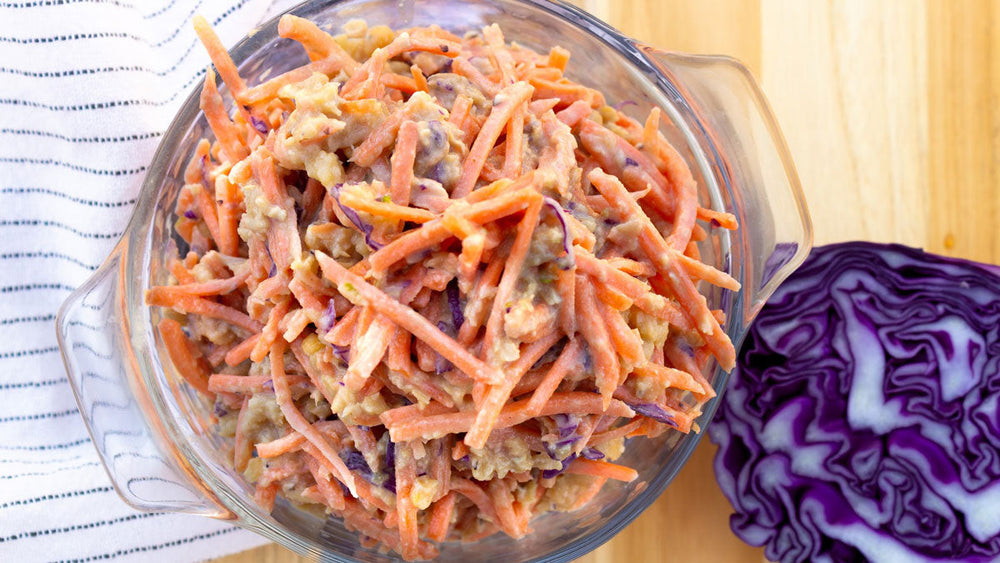



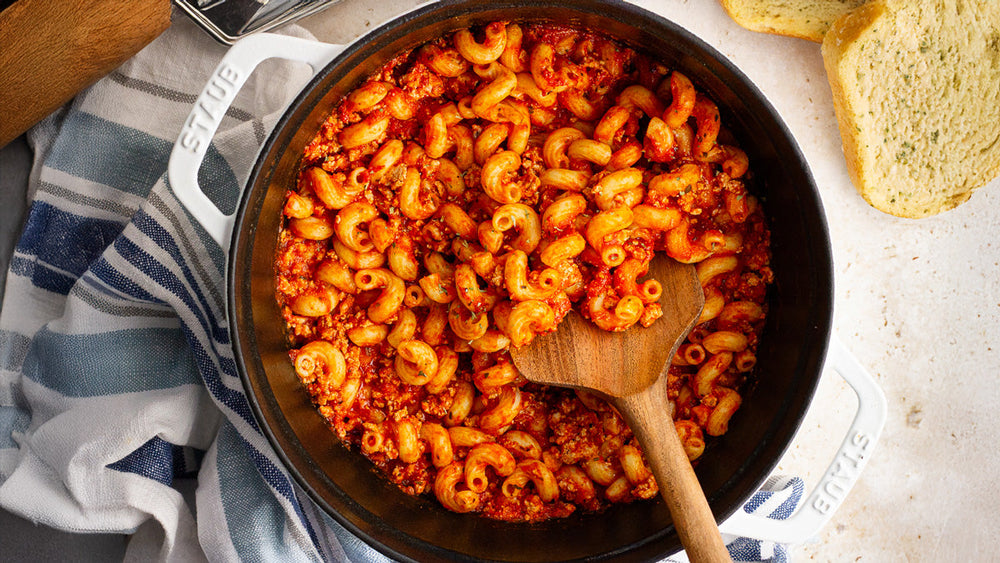



Comments
Join The Conversation...